GBuffer To Image
Updated: 3 Mar 2025
Allows GBuffer channels from a rendered scene to be used as video nodes for compositing or export purposes.Updated: 3 Mar 2025
Allows GBuffer channels from a rendered scene to be used as video nodes for compositing or export purposes.This node allows GBuffer channels from a rendered scene to be used as video nodes for compositing or export purposes. By default, the base render layer is used as the GBuffer source, but a Render Layer may be supplied via the appropriate input.
While the Standard Renderer can output some of the channels, for performance reasons it doesnt generate most of the gbuffer
Use a Video Exporter node to export the contents of the GBuffer To Image node to video. Multiple channels may be exported separately and simultaneously.
Composite
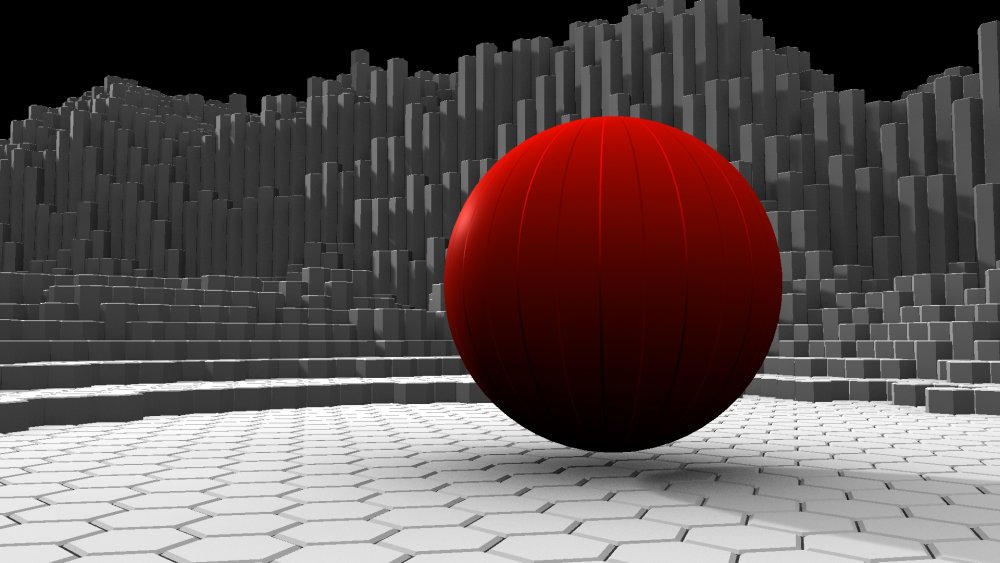
Depth
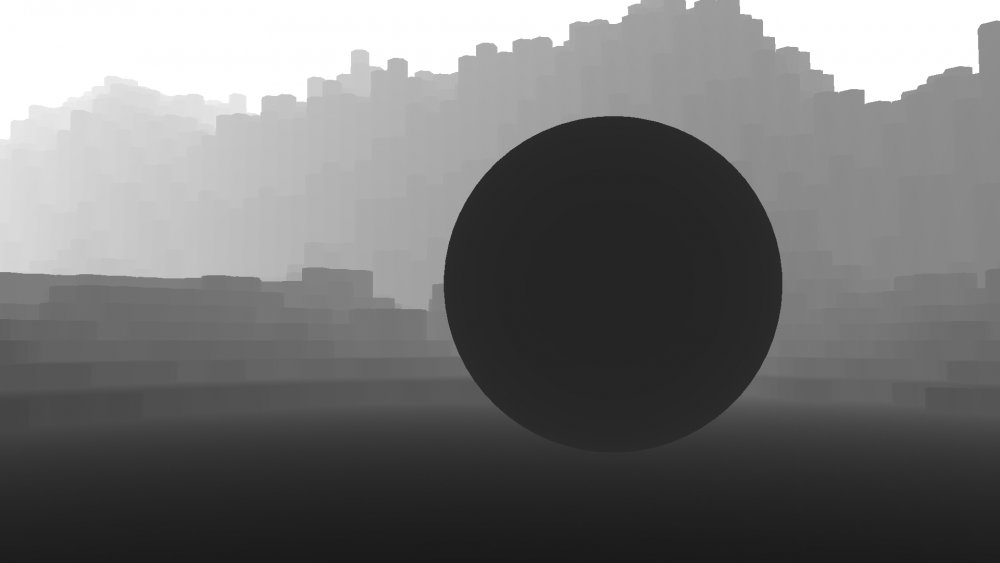
Metalicness
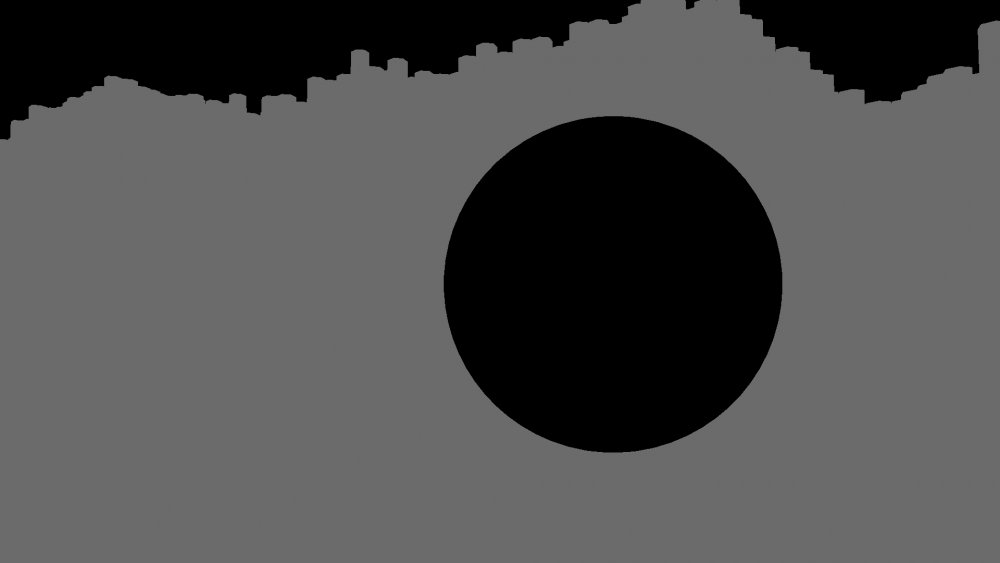
Colour
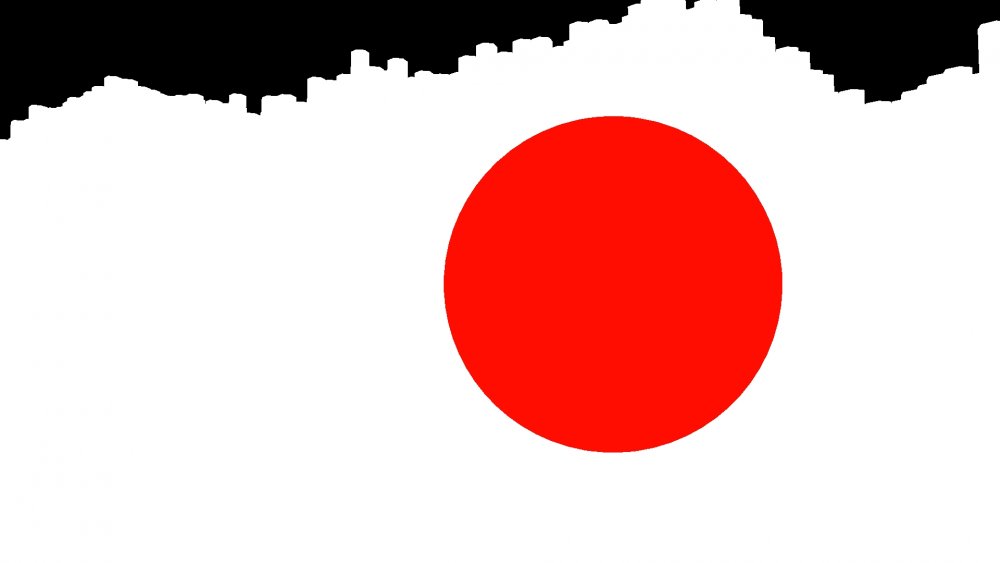
Object Mask
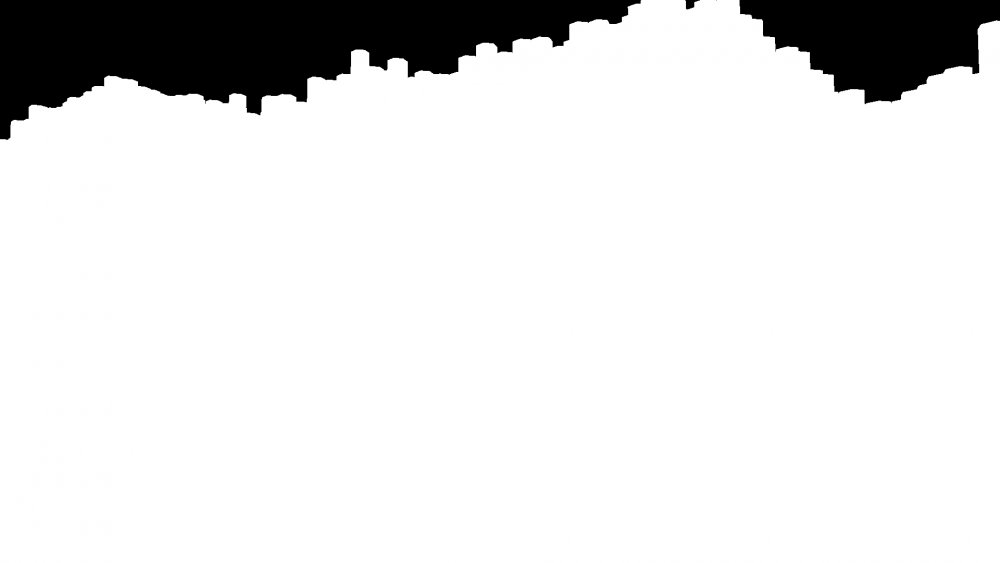
Alpha
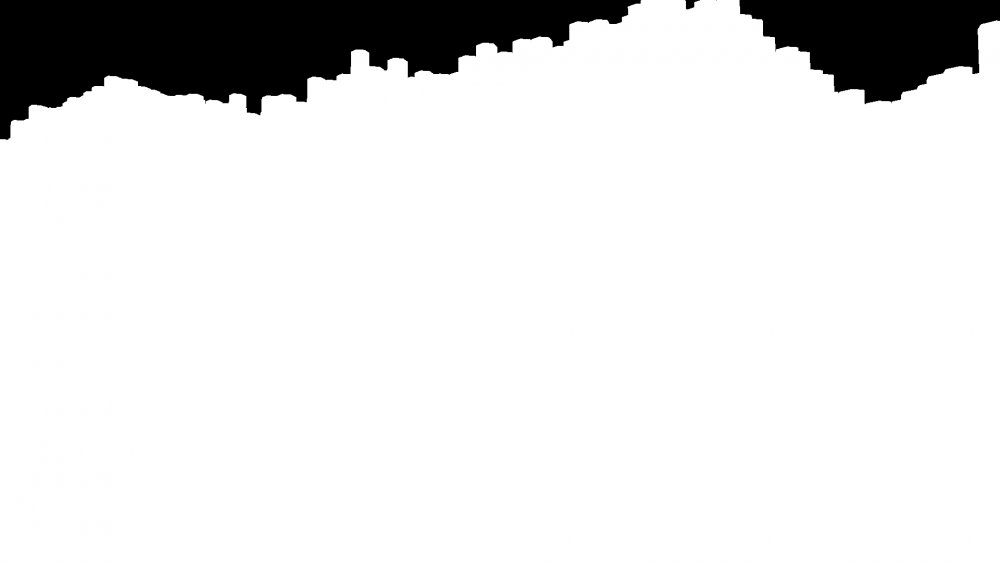
Material ID
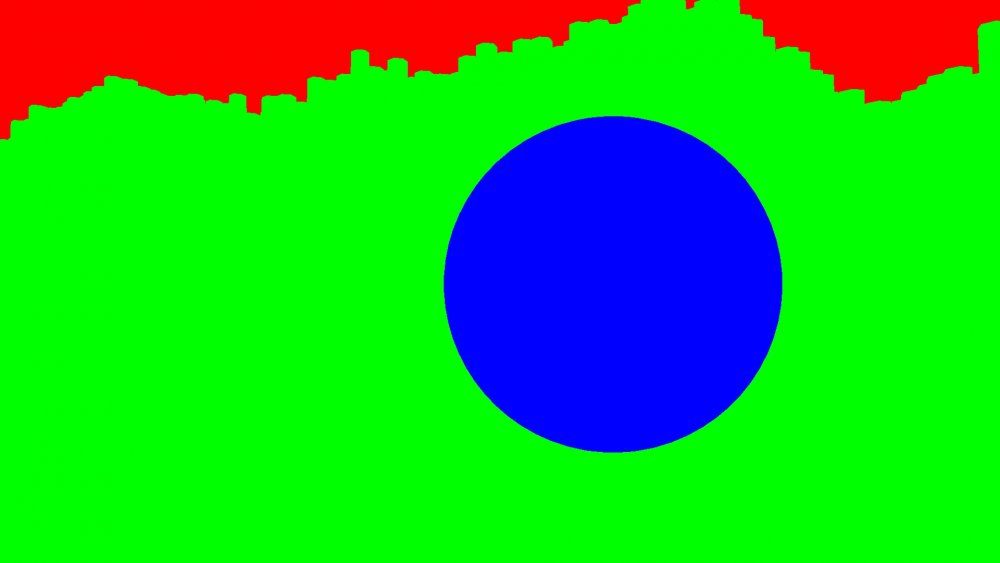
Normal
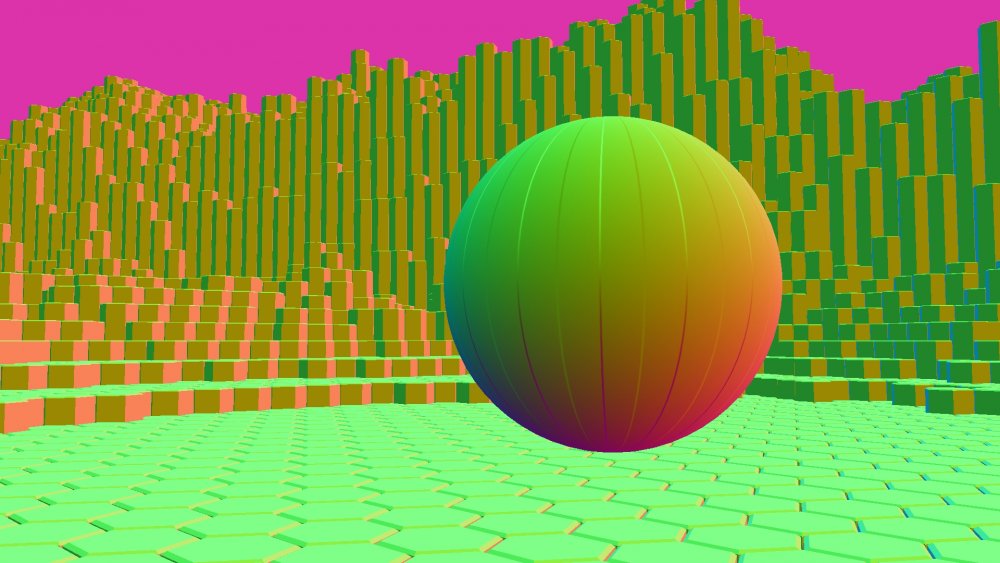
Roughness
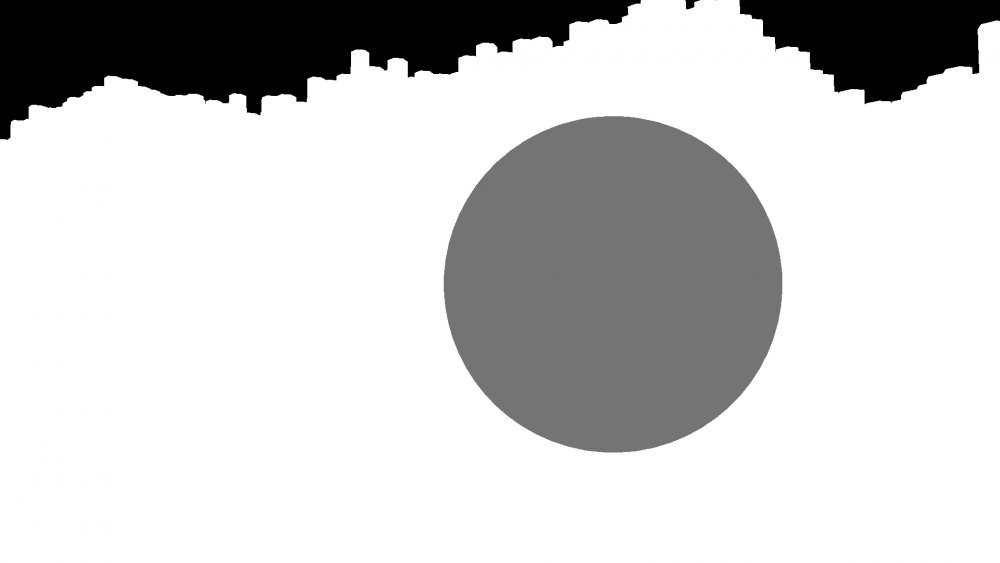
These properties control the core behaviours of the node.
| Parameter | Details |
|---|---|
| Preview In Viewport |
Preview the generated image as an overlay in the viewport.
|
| Apply PostFX Before Alpha Image Input (Legacy) | When enabled, the alpha input image is applied after the postfx pass, overwriting any effects the postfx would have applied to the alpha channel. |
| Source Channel |
This selects which channel from the gbuffer to generate as an image.
|
| Output Format | The format to use for the output image. |
The properties control the time at which the node is active. See Timeline for editing time segments.
| Parameter | Details |
|---|---|
| Duration |
Control the duration of the node’s time segment.
|
| Node Time | The custom start and end time for the node. |
| Duration (Timecode) | The length of the node’s time segment (in time). |
| Duration (Frames) | The length of the node’s time segment (in frames). |
| Time Segment Enabled | Set whether the node’s time segment is enabled or not in the Timeline. |
| Name | Description | Typical Input |
|---|---|---|
| Render Layer | Use the gbuffer of a specific render layer. | Render Layer |
| Effect Mask | Mask out areas that Post-FX applied to this node won’t be applied. | Video Loader |
| Alpha Image | Use a separate video nodes luminance values to overwrite the alpha channel of the image. | Video Loader |